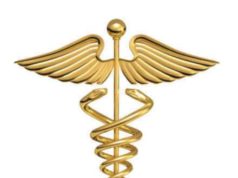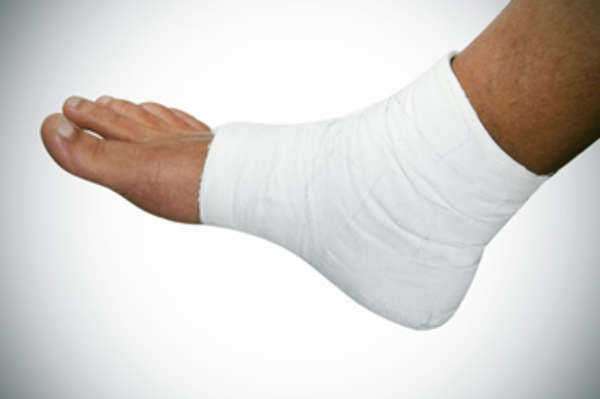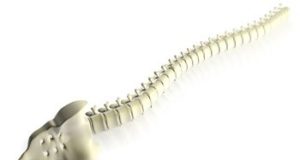
Motor Vehicle Defects: An Overview
Motor vehicle defects are major defects or issues that can cause a vehicle to be unsafe or dangerous to drive. These defects include problems with the steering, brakes, accelerator, suspension, fuel, electrical systems, and more. In recent years, several high-profile cases have highlighted the dangers of motor vehicle defects, leading to millions of recalls and massive legal settlements. In this article, we will explore what motor vehicle defects are, their causes, how they are identified, and what you can do if you believe your vehicle has a defect.
Causes of Motor Vehicle Defects
There are several causes of motor vehicle defects, including design flaws, manufacturing errors, and inadequate quality control processes. Design flaws may include parts that wear out prematurely, such as tires or brake pads, or a part that may malfunction due to inadequate testing. Manufacturing errors, meanwhile, may include a part that was not installed correctly or was poorly made, leading to a failure down the line.
Quality control processes can also contribute to motor vehicle defects. If a manufacturer does not have appropriate checks in place, parts or products that have been compromised during production can make their way into finished vehicles. Additionally, if there are no adequate systems for monitoring for defects, a problem may not become apparent until long after a vehicle has been sold.
Identifying Motor Vehicle Defects
Before a vehicle goes to market, manufacturers must comply with a variety of regulations, including Federal Motor Vehicle Safety Standards. These regulations outline the minimum safety requirements that a vehicle must meet, such as crash test standards, airbag requirements, and more.
However, even these regulations may not be able to catch all defects or problems. In some cases, a defect may not be identified until after the vehicle has been on the market for months or even years. This is where consumer complaints and accident reports come into play. If enough people report similar problems with a particular make or model of vehicle, an investigation may be launched to determine if there is a defect present.
The National Highway Traffic Safety Administration (NHTSA) is the governmental agency responsible for investigating motor vehicle defects. They rely on consumer reports, OEM’s (Original Equipment Manufacturers), and other data sources to identify potential safety defects and determine if a recall is necessary.
Recalls and Legal Actions
If a safety defect is identified, the NHTSA will work with the manufacturer to issue a recall of all vehicles affected by the defect. A recall typically involves notifying owners of the affected vehicles and either repairing or replacing the defective part(s) free of charge.
The process of issuing a recall and repairing vehicles can be costly for manufacturers, which is why some companies may try to avoid issuing a recall and instead delay or downplay the severity of the defect. In such cases, legal action may be taken by consumers or the government.
Recent examples of high-profile legal action include the settlement reached between Toyota and the U.S. Justice Department in 2014. The settlement came after a series of recalls due to unintended acceleration issues that were initially blamed on floor mats and then a sticky accelerator pedal. The settlement totaled $1.2 billion and included a deferred prosecution agreement and the establishment of a research institute aimed at enhancing safety.
In 2019, Fiat Chrysler agreed to pay a $110 million settlement after the NHTSA found that they failed to recall vehicles with faulty emissions systems. The settlement was the largest civil penalty in the history of the Clean Air Act.
What to Do if You Suspect Your Vehicle Has a Defect
If you suspect that your vehicle has a defect, the first step is to consult your owner’s manual to see if there is a recall or service bulletin addressing the issue. You can also check the NHTSA’s online database for any recalls related to your make and model.
If there is a recall, you should bring your vehicle to the dealer as soon as possible to have the defective part(s) replaced. If there is no recall, but you still believe that there is a problem with your vehicle, you should report the issue to the NHTSA. You can do this online through their File a Vehicle Safety Complaint page.
It’s important to note that not all issues with your vehicle may be considered a defect. Routine maintenance issues or expected wear and tear are not typically considered defects. Therefore, it’s important to stay up-to-date on your vehicle’s regular maintenance schedule to ensure it remains in good working order.
Conclusion
Motor vehicle defects can be extremely dangerous and pose a serious risk to both drivers and passengers on the road. While governmental regulations and quality control processes are in place to identify and prevent these defects, they are not foolproof, and it’s important to remain vigilant as a consumer.
If you suspect that your vehicle has a defect, take the appropriate steps to address the issue. Whether it’s a recall, legal action, or filing a complaint with the NHTSA, your safety should always be your top priority.
What are Motor Vehicle Defects?
Motor vehicle defects are exactly that, defects that are found in your car, truck, motorcycle, boat, etc. Motor vehicle defects arise when an automobile is sent into the stream of commerce and contains some defective part that can often lead to injury.
What Kind of Defects are there?
There are two major types of defects that are found in motor vehicles, and all product liability. They are manufacturer defects and design defects.
MANUFACTURER DEFECT
Manufacturer defects come about when a, normally functioning, motor vehicle comes of the production line with a defect in its make-up. An example of this would be when a thousand automobiles are produced and one or two have defective transmissions.
A common manufacturer defect that leads to injury involves defective tires, either in their tread or the strength of the rubber.
DESIGN DEFECT
A design defect is something a little more serious. A design defect occurs when the product that that manufacturer puts into the stream of commerce is naturally faulty and dangerous. Design defects have been a source of major litigation and recall in recent years.
The common design defects associated with motor vehicle defects that have been prevalent lately are unintended acceleration which resulted in the recall and suspension of production of a number of Toyota vehicles. There have also been rampant cases of rollovers in SUVs and design defects in tires have also been the cause of many injuries.
What is Necessary for a Claim?
In order to have a claim for a motor vehicle defect 3 conditions must be proved by the plaintiff. First, the plaintiff must show that the vehicle entered the stream of commerce in an “unreasonably dangerous” condition. Secondly, the plaintiff must show that injury occurred while using the product in the manner that it was intended. Thirdly, the plaintiff must show that the vehicle has not been altered in any way that would affect how the vehicle performs.
Lawsuits
Probably the most famous design defect case in the history of American litigation involved the Ford Pinto. The Ford Pinto was manufactured from 1971 – 1980. In 1977 the Pinto came under fire over concerns that its fuel tank was defectively designed and could cause the car to explode upon being rear-ended in an automobile accident. In the wake of the controversy Ford refused to redesign the Pinto and instead decided to continue selling the Pinto under the idea that it would cost more to fix then a lawsuit. In 1972 a court awarded damages of $2.5 million in compensatory damages and $3.5 million in punitive damages after a car accident caused an explosion killing one and severely burning another. After years of controversy the Pinto was eventually recalled by Ford.
What do I do if I’m Injured in a Car Accident?
If you or someone you know has been injured in a car accident the first thing you should do is seek medical attention. Once you have gone through treatment it is important that you seek an attorney specializing in personal injury and preferably motor vehicle defect cases.
























